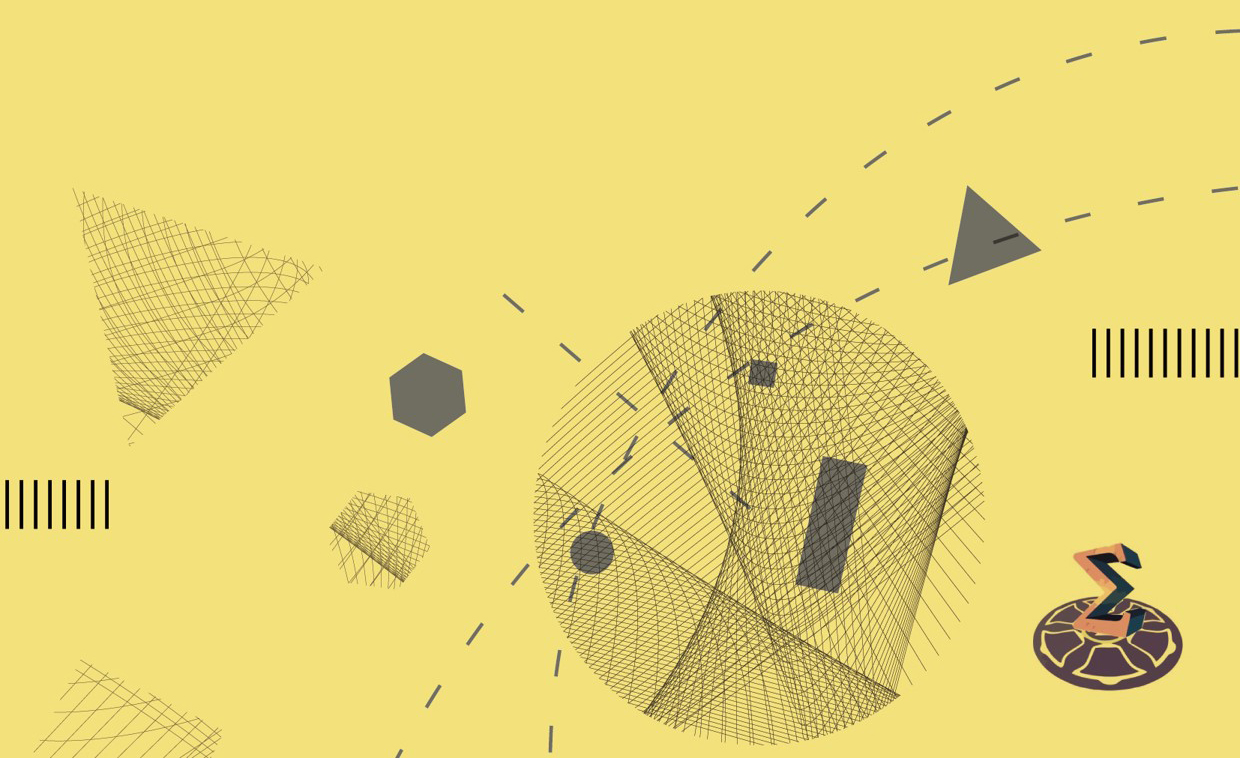[專題演講] 【4月10日】林志鴻 / Automated prediction of problem solving performance using eye movement: Can AI help?
by 郭素妙 | 2024-04-01 11:59:28
Automated prediction of problem solving performance using eye movement: Can AI help?
Time: April 10 (Wed.) 14:00-15:00
Place: S101, Gongguan Campus, NTNU

Asst. Prof. John Lin
林志鴻 助理教授
With the ability to predict learning behaviors in complex scenarios, artificial intelligence (AI) shows its potential in assessing the problem-solving performance. Given that AI, data-driven algorithms, could be helpful to address random signals (e.g., random fixations), using AI to predict learning performance based on eye movements seems promising. The aims to explorer the potential of an AI, designed based on the long-short-term memory neural structure, to predict whether mathematics problems could be solved in a digital problem-solving scenario using eye movements. Sixty-one students participated in this study. We examined whether types of eye movement features (AOI-based vs. fixation-based features) and information (Separated vs. integrated steps) during solving problems could impact the performance of AI models. In additional, the effects of two hyper-parameters, activations in hidden layers and number of neuros, were examined. The results suggested that fixation-based features outperform AOI-based features. Furthermore, information in separated steps could provide higher accuracy than that in the integrated steps. Regarding the impact of hyper-parameters on AI performance, the activation function ‘tanh’ and thirty neurons in each layer could be used to train AI models with higher accuracy. The inconsistent between human and AI-based assessment were discussed and visualized.
More information : https://johnlin.gise.ntnu.edu.tw/index.php/zh/

Source URL: https://cantor.math.ntnu.edu.tw/index.php/2024/04/01/talk20240410/